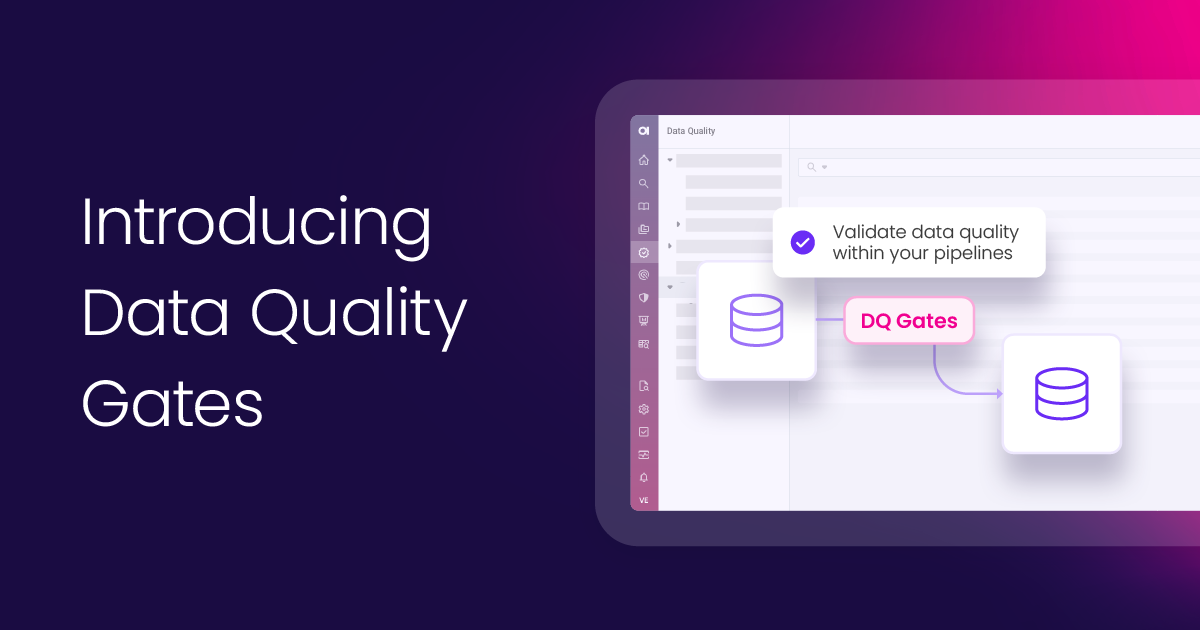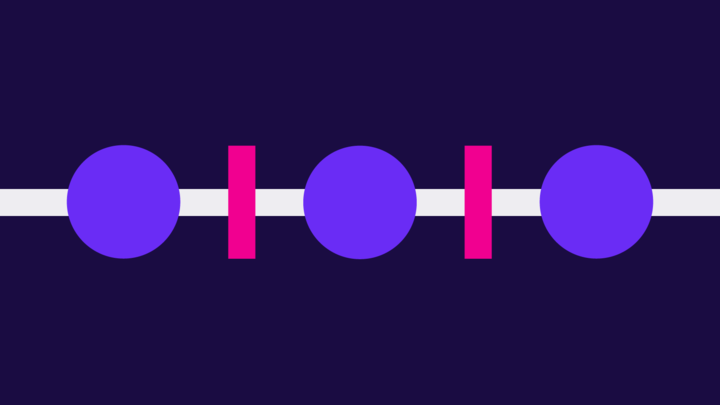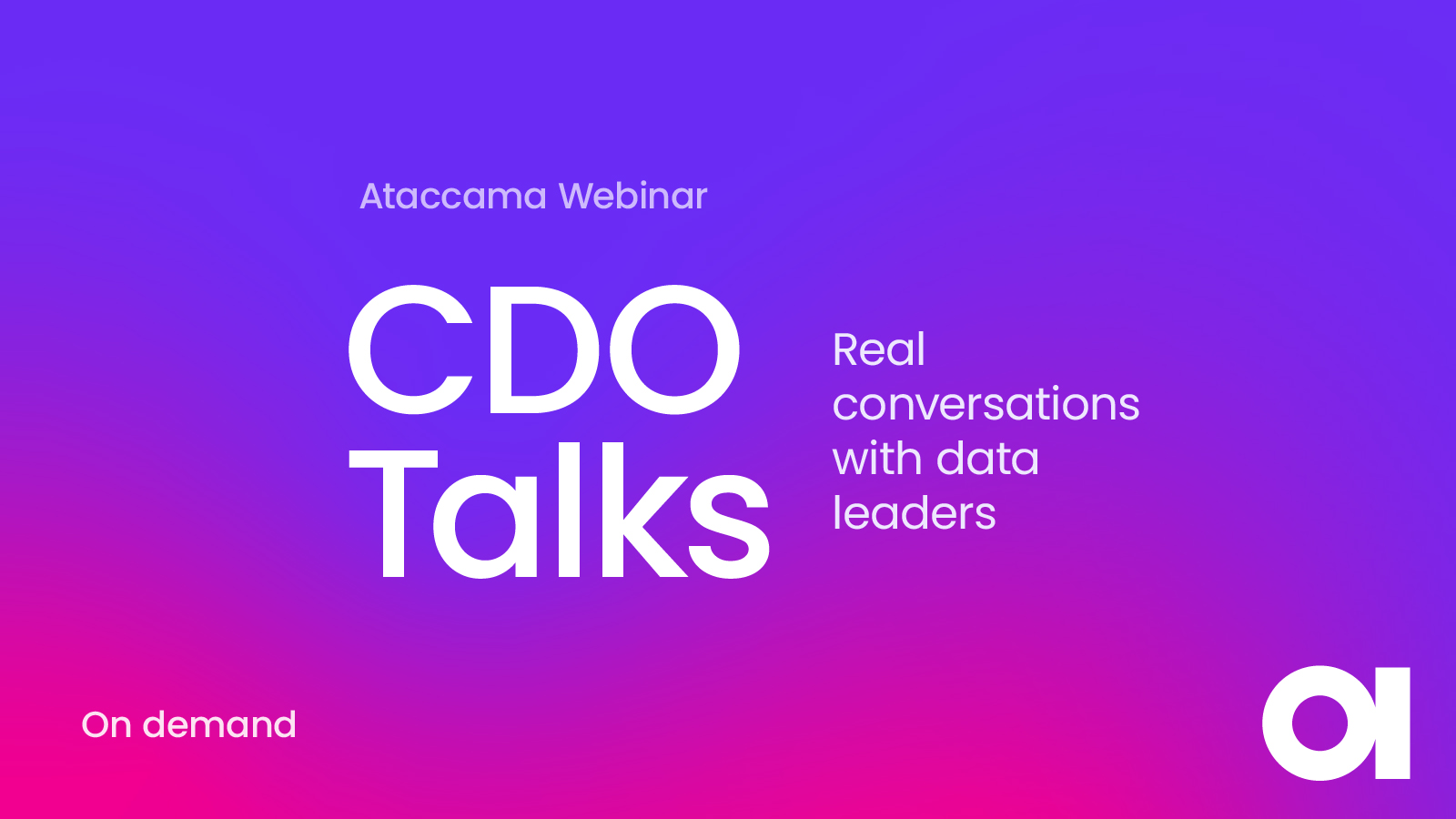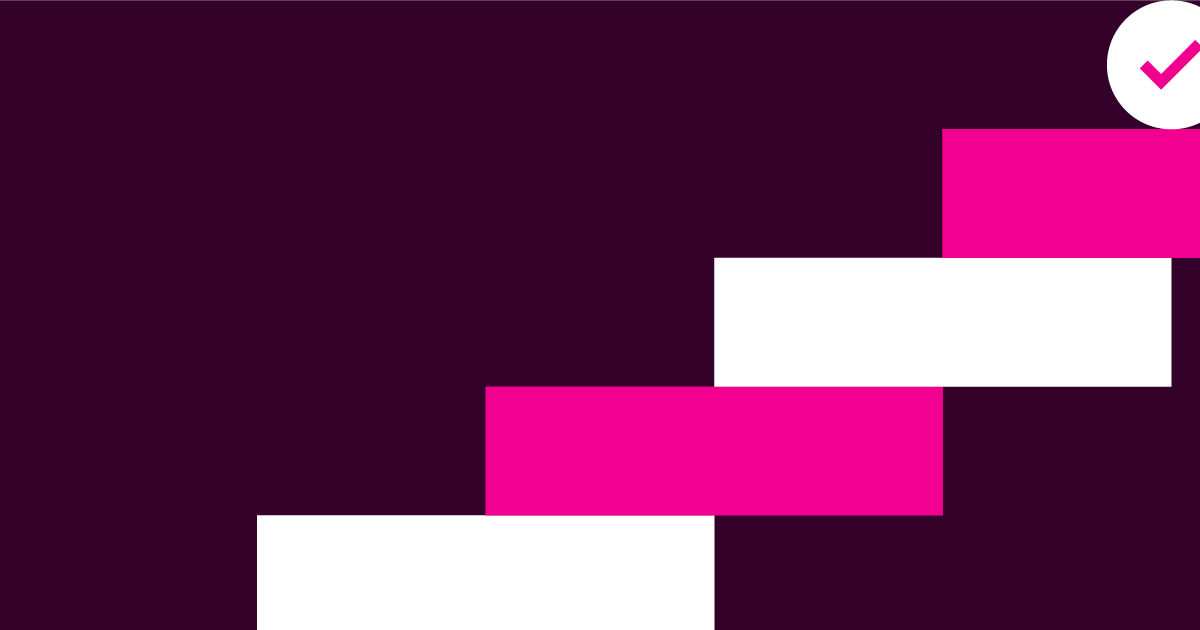Data democratization: what it is & why it’s important

In this blog, Afshin Lotfi, shares his thoughts on the world of Data Democratization…
Historically, IT, business, and data people were siloed (separate entities with little interaction), with everyone responsible for their own part of the data equation. This slows processes and leads to errors and miscommunications throughout the data landscape. Today, most organizations have fostered more collaboration between these departments. However, according to a 2019 study from NewVantage Partners, 72% of organizations still feel they haven’t created a data culture and 53% said they weren’t effectively treating data as a business asset.
Thusly, some siloing challenges still linger:
- Many IT departments lack an end-to-end understanding of business processes and look at data from a purely technical perspective.
- Business users have a view of data limited by their product or business process.
- Data teams need more specific knowledge of business processes and systems or specific data.
To avoid these challenges, you need to invest in data democratization: familiarizing all your data users with data processes and encouraging them to take responsibility for the health of the organization’s data as a whole. Any user in your organization should be able to easily search for, find, and use the data they need – and do so in a self-service way.
But what exactly is data democratization, why is it so important, and how do you do it effectively? Read on to find out.
What is data democratization?
Data democratization is an enterprise data management approach prioritizing frictionless access to an organization’s data.
In a typical company that doesn’t employ data democratization principles, the IT department handles most of the company’s data. Other users and departments might be able to acquire the data they’re looking for, but not without going through IT, having them prepare the data, make it consumable, etc.
On the other hand, in a data-democratized organization, everyone will be able to work with data without needing to hassle IT or another department. People will familiarize themselves with how to access the data they need and will have faith that it’s of the desired quality. Culturally speaking, data democratization allows all types of users to understand the organization’s actual goal and how they can be part of it.
Example of data democratization
Self-service data catalog. By choosing a data catalog that is usable by every user at your company, you can cut data delivery times in half. Departments won’t need to ask IT for permission to access data, if a set is prepared/ready for use, or to prepare a dataset for them. Instead, they will have immediate access to the sets they need and the necessary knowledge of their quality. This allows more users to take responsibility for their data, democratizing tasks like data profiling and quality checks.
So, what are the critical pillars of data democratization?
- Access to data for anyone who needs it. If you need data to do your job better, you should have immediate access to it and ensure its validity — no need to go through IT or bother other departments unless an issue arises.
- Data literacy. The actual ability to work with and interpret data.
- Data culture. Understanding the importance of data and organizational data strategy.
- Shared responsibility. For all of the company’s data and its quality.
Why data democratization?
Your company’s data has great potential that needs to be unlocked by someone (a human) or something (an algorithm or AI model). But without access to that data, you can’t realize that potential. Whether it’s preventing a customer from leaving you or using data to develop and improve products, timely access to relevant data is crucial.
With new technologies emerging, data democratization is easier than ever and has become an obvious step forward. Data growth is exponential. Data tools have matured significantly. New data management blueprints, such as the data fabric and data mesh, are becoming attainable.
What does this mean?
Now non-technical users can independently access data and even transform it. Business users can also more easily act as part-time data stewards and manage a specific data domain or department data. Everyone COULD have access to data regardless of their level of technical ability.
Besides that, you won’t overload IT, data engineers, and data stewards with approving requests and provisioning data.
However, it’s not just about lightening the workload. By distributing the ownership, responsibility, and permissions to access data, organizations create a data-driven culture and make everyone a part of the bigger mission.
So, why data democratization? Because it’s the right time and because we can. As a data leader, your job involves keeping all elements of your systems moving efficiently and frictionlessly. With data democratization, in the end, all three parts of the data equation win:
- IT will have less work and can focus on the most critical tasks.
- Data people will have more trust in data and a better understanding of company objectives.
- Business users will have access to data and become comfortable working with it, allowing them to make better decisions and use company assets more efficiently.
How to implement data democratization
Data democratization isn’t about opening the floodgates and letting your data users run wild. There are several preconditions and rules that you need to follow to be successful with data democratization:
1. Establish a strong data governance foundation.
Data governance is the first step in any data management initiative. It’s the principles, policies, and processes that ensure data availability, quality, and security. It will lay a framework for how your data should be consumed and produced. It will also help you assign roles and responsibilities throughout your organization.
2. Invest in data literacy as a constant learning process.
Data literacy is the ability to work with, understand, and create data. Before you can democratize, you’ll need to ensure that all your employees are at an adequate literacy level. The more literate they are, the more confident they will become.
You’ll need to invest in the education of current and future data consumers about the data that you’re collecting. Inform them about things like:
- Why you’re collecting data.
- What type of data you’re collecting (for example, PII).
- Where it comes from and where it is stored.
- What are the implications of working with that data.
- How to analyze and interpret data.
Investing in data literacy will ensure your organization’s employees can actually work with data and derive insights from it. Only data-literate employees will enjoy the benefits of data democratization and create more value for your organization.
3. Democratize the right things.
While the primary purpose of data democratization is to make the right data accessible to the people that need it, you’ll still need to be careful about to who you assign certain tasks. Here are some do’s and don’t of democratization we’ve learned from our customer’s sucessess.
Things you CAN democratize:
- The implementation and building of data sets
- Data enrichment.
- Usage, provisioning, ethics, access controls
- Analytical tooling.
Things you CAN’T democratize:
- The semantic meaning of data.
- Who defines roles and responsibilities.
- Data standards and regulatory requirements.
- Certain tooling (for example, your data quality program) and outcome presentations (like data visualization standards).
- Design patterns and data modeling patterns: if you want to reuse data across the organization, stick to specific design patterns.
As you might notice, it all ties back to the organization’s shared data governance principles. In order to have the CANs, you need to make sure everyone subscribes to the CAN’Ts.
4. Introduce self-service tools.
As with any project, having the right tools will mean the difference between data democratization success and failure. The first step is having an adept data catalog to make finding your data and getting information about it more straightforward.
With the new generation of data catalogs featuring data preparation, data quality monitoring, and data marketplaces, your catalog can genuinely become your company’s one-stop-shop for everyone who wants to work with data.
New technologies are also easier to use and more self-service than their predecessors. They are designed to prevent mistakes and mitigate risks. If the tool is beneficial to your users, they will adopt it willingly – and collaboratively because everyone is using the same software.
Lastly, automation is essential to scaling data democratization through the different departments, teams, and countries. This applies to most aspects of data management: data quality, data policies, and data cataloging. Automation will ensure your data is discoverable, documented, fit for purpose, and pre-provisioned based on specific policies.
5. Establish a culture of collaboration.
Your organization can only achieve complete data democratization with effective communication and collaboration between the business, data stewards, and IT data owners. This collaboration allows these teams to review and refine their requirements and controls necessary to have data that is available, fit for purpose, and governed. With everyone working together, nothing gets lost to bad reporting or missing information.
This means that both producers and consumers of data are responsible for maintaining the foundation for data democratization.
6. Data quality is essential for data democratization
The goal of data democratization is to make data and insights more accessible to the entirety of the organization. However, that access and insights are useless if they’re built on low-quality data because they are at serious risk of being inaccurate or invalid. People might also lose faith in the democratization initiative if they already don’t trust the data they’re working with. In other words, there’s no point in democratizing if you aren’t working with high data quality.
Conclusion
Today’s business environment is a data frenzy. The good news is that more and more organizations understand the value of data and are willing to invest in data governance. Another good piece of news is that today’s data quality solutions let you democratize data without sacrificing governance – like Ataccama ONE.
That’s why we’d like to encourage everyone to evaluate the state of your data and take steps to establish data democratization programs in your organizations. Instead of being overwhelmed, you’ll maximize this asset and exponentially grow as data volume increases. It could begin a data renaissance for your company and the world.







